|
Research Coffee Breaks
|
Research Coffee Breaks is a program sponsored by the Department of
Astrophysical and Planetary Sciences to support undergraduates
interested in starting on-campus research. We arrange meetings for students to
meet with graduate students and post-docs over a coffee or snack to
discuss the many
opportunities to get involved with a research group in the
department. This program is open to all interested students.
|

|
Research Ambassadors
Below is a list of our 'Ambassadors' who have agreed to meet with
students to discuss their research, some of whom are looking to
begin projects with undergrads. If you are interested
in meeting with someone, please sign up using the form at the bottom of this
page to reserve a spot on
their coffee break, then meet at the APS Office in Duane E226 at the
assigned time. Please sign up for no more than one coffee break per
month, and please do not sign up if there are already 4 people
signed up for that day! If you'd like to meet someone but you can't
accommodate the scheduled day/time, please email the
Ambassador directly about setting up a meeting at a different
time. If you have any problems with this form, please email Andrew.
|
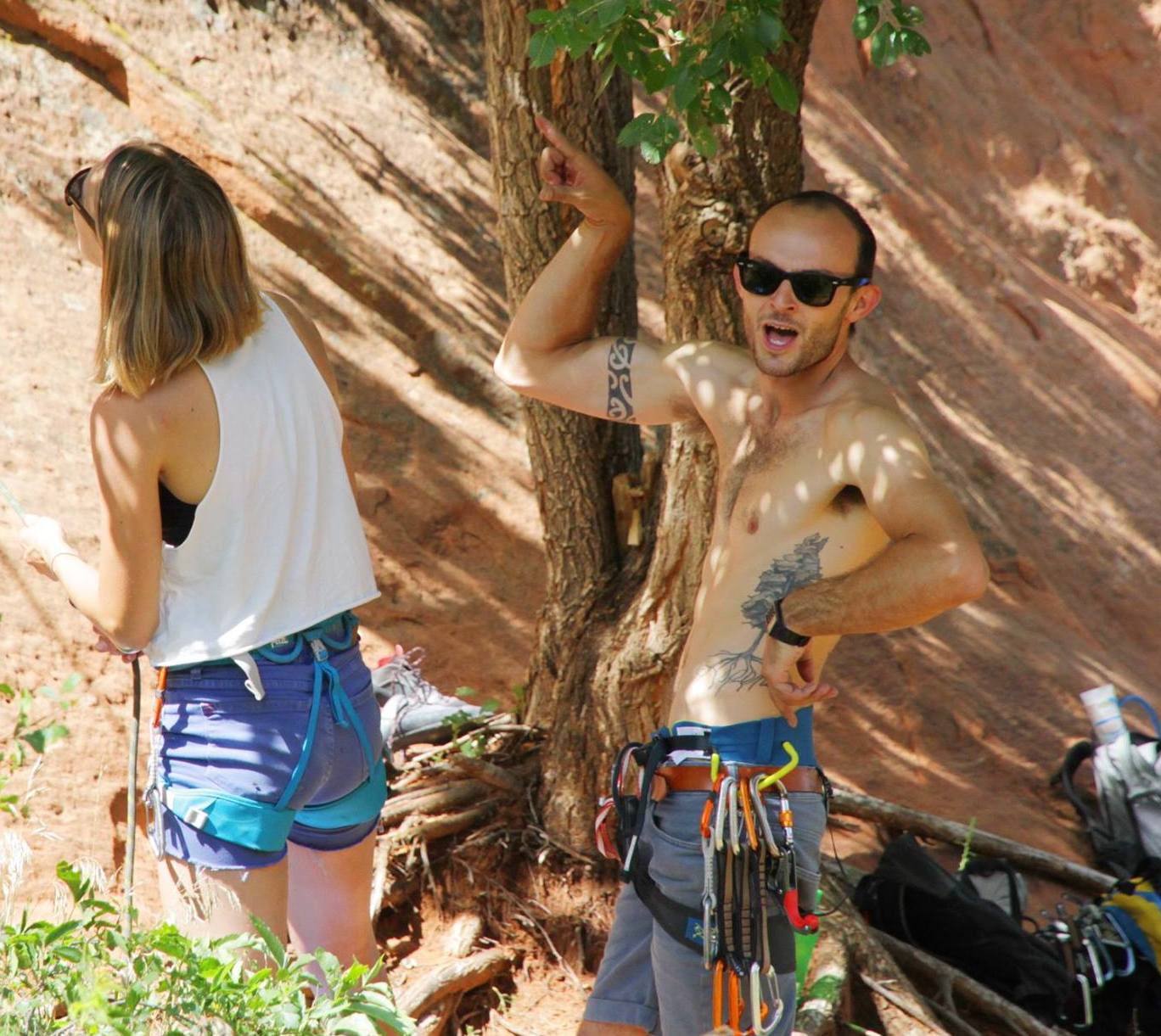
|
Matteo Crismani
Cometary Science with IUVS on MAVEN
|
Matteo is a graduate student working with
Professor Nick Schneider on the Imaging Ultraviolet Spectrograph
(IUVS) Instrument aboard MAVEN. In addition to helping the
project with instrument performance, he has been working on
observations of comet Siding Spring, which grazed Mars on Oct
19th, and which IUVS observed on Oct 17th, a once in a million
year event .
MAVEN's
IUVS measures light from the
major molecules, atoms, ions and isotopes in the Martian
atmosphere, to help understand atmospheric escape processes.
|

|
Matthew McJunkin
Understanding Disks around Young Stars
|
Matt, a graduate student, studies disks
around young stars that may eventually form planets. By
looking at the conditions of these disks (temperature,
composition, etc.), scientists can better understand the
environment of planet formation. Specifically, he models
carbon monoxide absorption lines, neutral hydrogen absorption
lines, and molecular hydrogen emission lines to extract disk
temperatures, molecular abundances, and extinction
characteristics.
The France Group takes
both observations and builds instrumentation in the ultraviolet part
of the spectrum. A few students in his group focus on modeling and
interpreting UV data taken by the COS and STIS instruments on Hubble
and others work on producing new UV instrumentation to be launched
via rocket into the atmosphere and obtain new data.
|
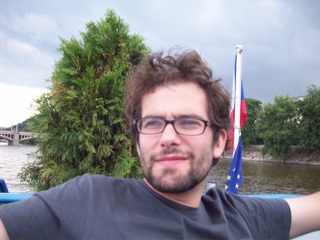
|
Dr. Ben Oppenheimer
Galaxy Formation and Evolution
|
Ben is a postdoctoral fellow at CASA and
studies the evolution of galaxies, over the entire history of
the universe. With his simulations, Ben's research has
highlighted the important role of the intergalactic medium in
shaping galaxies and regulating their growth. As stars convert
hydrogen and helium into heavier metals, the nature of star and
galaxy formation significantly changes, and so galaxy evolution
in the early metal-poor universe operates differently than
galaxy evolution today, and can be traced by different
spectroscopic lines. Ben is also involved in projects looking to
directly image planets around distant stars.
|
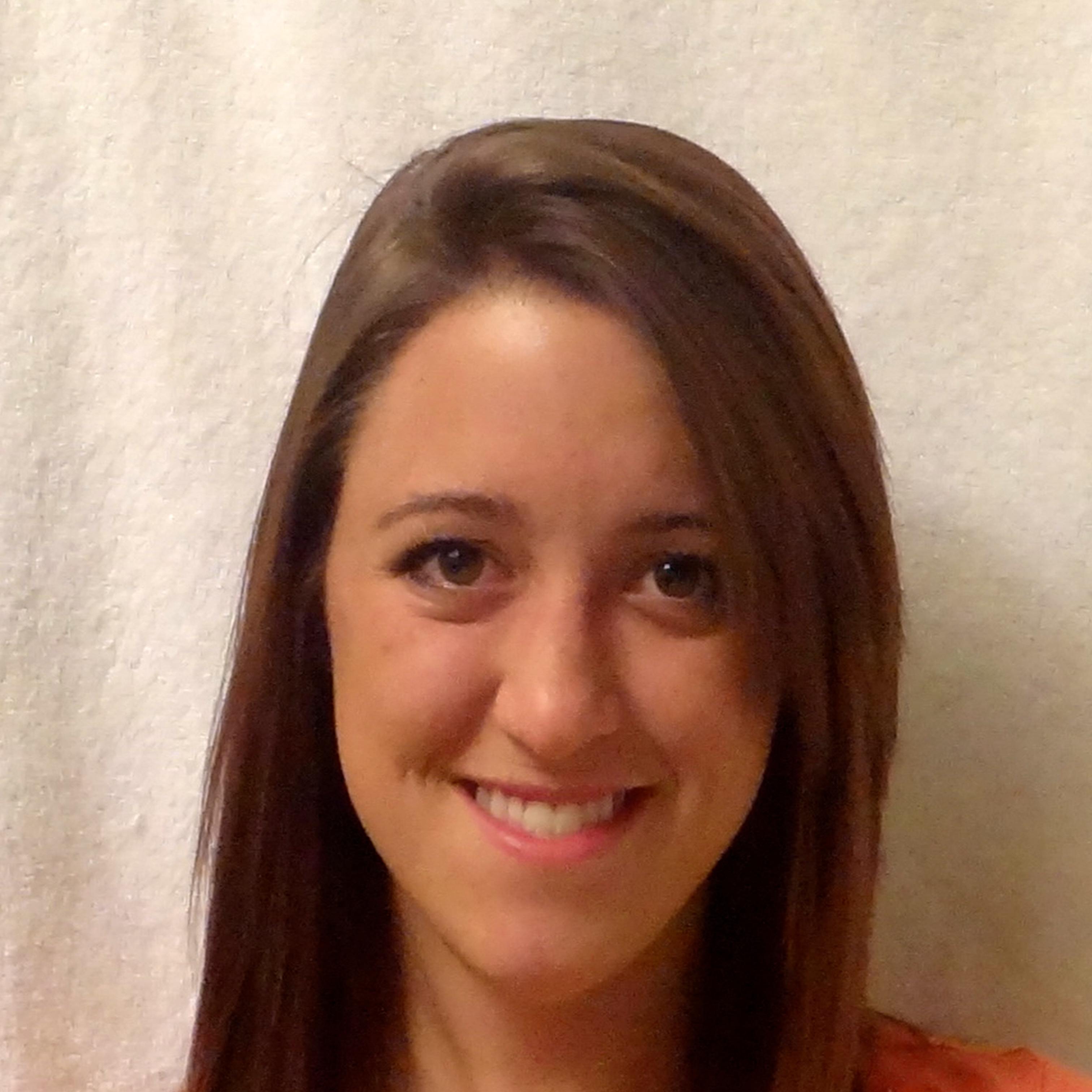
|
Courtney Peck
Solar Irradiance Variations of Solar Structures
|
Courtney is a graduate student in the
Physics Department and works with Professor Mark Rast and colleagues
from the National Solar Observatory. She studies how changing
structures on the Sun affect the total solar irradiance, which in
turn drives Earth's atmosphere and climate. She analyzes images from
ground-based telescopes, and is helping the NSO prepare for the new
4m solar telescope currently under construction in Hawaii.
Professor Rast's group combines observations with computer models to
understand supergranulation and turbulent flows on the
Sun. The National Solar
Observatory , which will soon complete is move to Boulder,
studies all aspects of the Sun and monitors it daily activity. Their
work also uses the Sun as a laboratory for testing theories about
stellar dynamics around the galaxy.
|
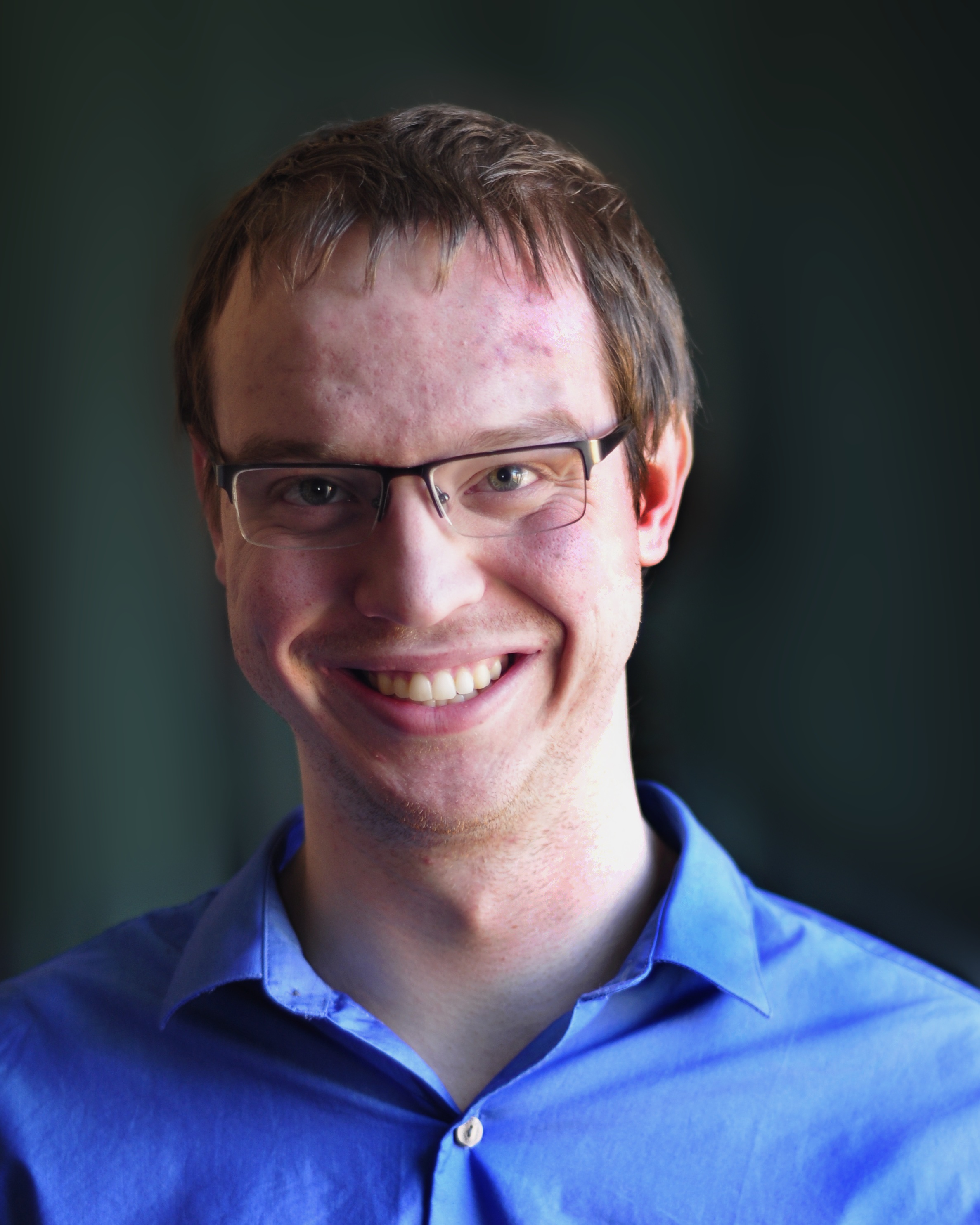
|
Morgan Rehnberg
Investigating the Rings of Saturn
|
Morgan is a graduate student working with Professor Larry Esposito to understand how the Saturnian ring system evolves over time. Using observations from the UVIS instrument on NASA's Cassini spacecraft, Morgan uses stellar occultations to study structures in the rings as small as 1m, orders of magnitude smaller than what is possible using camera images. He is also an active blogger and science writer and communicator, operating the Cosmic Chatter astronomy blog.
The Planetary Rings Group at LASP designed and built the Cassini UVIS
instrument, which make spectral observations of Saturn and its
moons in the ultraviolet. The group combines these observations
with computer simulations of ring particles to understand how
ring systems evolve over time. This work is fundamental for
understanding astrophysical disks throughout the universe, like
the protoplanetary disk that formed the solar system.
|
|
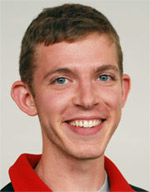
|
Andrew Sturner
Space Plasmas and Magnetic Reconnection
|
Andrew is a graduate student and works
with Professor Bob Ergun to analyze simulations of magnetic
reconnection. He is studying the how magnetic fields lines break and
reattach, the process that drives solar flares and the Earth's
aurorae.
The Magnetospheres Of
Planets Group studies the dynamics of the magnetic fields around
Earth, Mars, Jupiter, and the other planets in the solar
system. They combine theory, in situ and photometric observations,
and numberical simulations to use the solar system as a laboratory
for both comparative planetary science and fundamental physics.
|
Sign Up for Coffee Research Breaks- February
Who's Signed Up?
March 17 @ 14:00 - Matt McJunkin, Understanding Disks around Young Stars
March 19 @ 10:30 - Morgan Rehnberg, Investigating the Rings of Saturn
March 31 @ 10:30 - Ben Oppenheimer, Galaxy Formation and Evolution
April 2 @ 10:30 - Andrew Sturner, Space Plasmas and Magnetic Reconnection
Questions?
If you have questions about the program itself, please email
Professor Erica Ellingson at erica.ellingson@colorado.edu.
|







